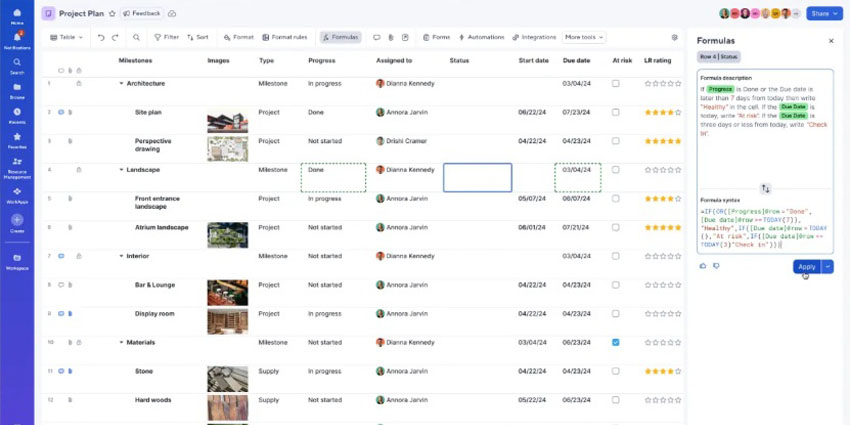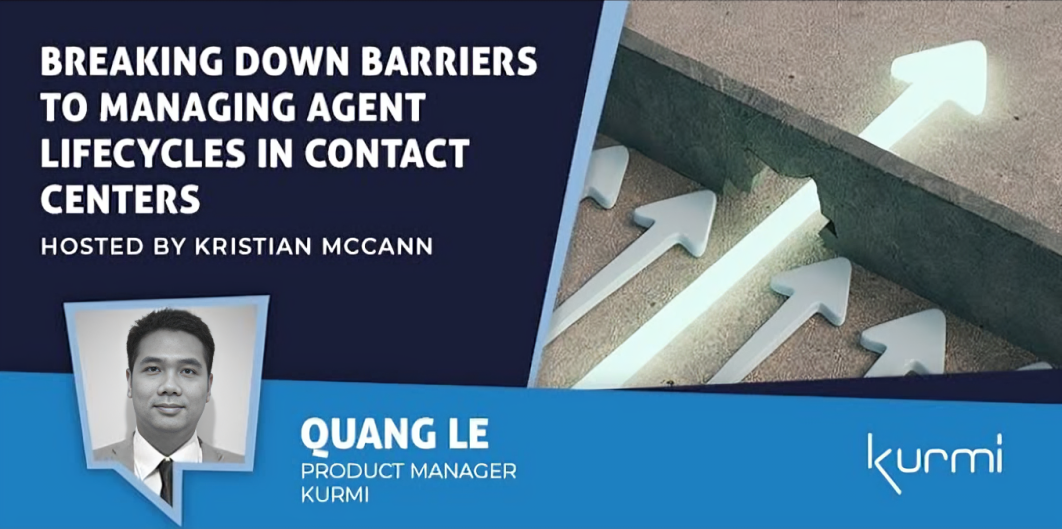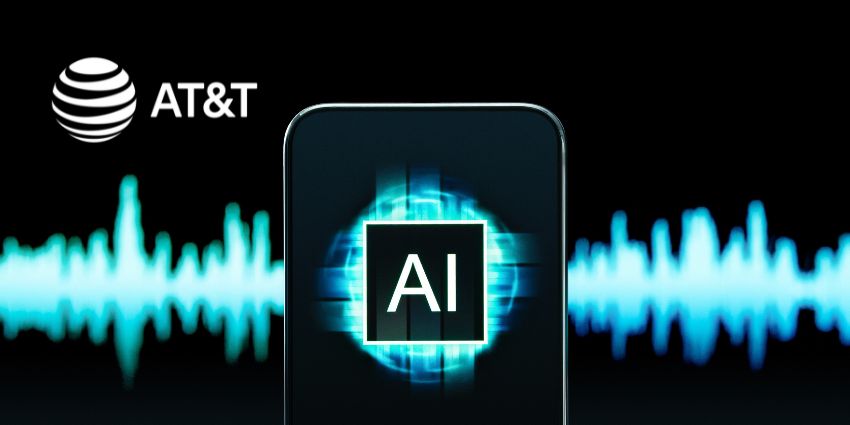I’ve worked in sales support, pre-sales, product marketing type roles where you are heavily involved in a sales cycle. There’s also the sales person responsible for a deal, management who want to know what is happening at every stage and on any given day. Then there’s a whole host of people that expect to be able to retrieve information from wherever that knowledge lives and utilise it how they see fit.
Does this sound like a reality?
Didn’t think so.
I met with Roy Pereira, CEO of Zoom.ai, to get his thoughts on the state of the manual sales process and to find out what Zoom.ai is doing to combat this issue.
Current state of the manual sales process

I started by asking Roy what his thoughts were on there current state of play.
“When a sales person is not selling, that’s a loss of potential revenue for a business. There’s obviously a loss of enjoyment and productivity too. They want to be out talking to customers and closing deal. Data entry into a CRM detracts from that. So, as much automation introduced into this process is beneficial for everyone”.
I highlighted a stat that I found on Zoom.ai’s website which points to 39% of employee time is spent on role specific activities. Roy said this was for employees in general and probably worse for sales people.
“As a salesperson, you have the dreaded CRM update. From experience with my teams, at least 50% of the day is making sure data is accurate and relevant. This is 50% of their time that they’re not actually selling.
Obviously, sales people are creatures of habit. They’ll keep on doing what they’ve always done. Then one day a sales manager comes in and says you need to be more productive – but the CRM is always there”.
Changing the way we manage sales
Roy told me that it’s the younger people that are driving change in sales cycles. Typically, younger generations are more comfortable using technology. I asked Roy if he saw hesitation from senior sales staff when junior members of staff try to introduce new innovations.
“If sales people have been successful, they will continue to do what has made them successful”
“If the deal is high touch and worth a million dollars, they will want to show that they are adding the value and being personable. They won’t want a lot of automation.
However, most sales are smaller and more run rate. These smaller deals all require lots of cold calls, scheduling and emails. This happens especially when your inside sales or customer success manager. Most of these are repeated transactions and this is where you need automation to make you more productive and sell more”.
Roy recognised that it can’t be a cookie cutter approach to sales. “If you’re selling a high end product, you’re not going to care as much for automation because you’re not going to have as many tasks in your working day. You close one million dollar deal and you’re done for the month”.
How Zoom.ai is changing the sales process
Once we’d set the scene, I asked Roy how Zoom.ai was changing this process. He broke down the approach into four elements.
- Meeting scheduling: for both new external prospects and existing customers, Zoom.ai looks after meeting scheduling and reacts to postponements so the human doesn’t have to. You also gain people insights so you have a personable connection straight away
- CRM integration: if you have a meeting with a client, you can swiftly check previous information, query items for the deal or get contact information. You don’t need to navigate away from the user interface that you are normally in (Skype for Business, Slack, Microsoft Teams). Once you have that call, the activity is automatically updated so the user doesn’t have to manually enter information that they just had a call. This also decreases the risk of lost information where sales people are busy and have back to back calls and no time to update their CRM
- Document management: setting up NDAs, sending out proposals and signing contracts become time consuming processes when they no longer need to. You can ask the Zoom.ai assistant to send an NDA to customer X and it autocompletes the customer and brand details. You could have data within your CRM like Salesforce, HubSpot and Pipedrive – rather than go searching for this, Zoom.ai can put this together for you
- Finding information: when you’re on a call with a customer, you need to rapidly respond to requests for information. Zoom.ai has a knowledge base which you can ask questions like “where is the customer policy?” and it pulls up the information without you having to put the client on hold, driving a better and more efficient customer experience. Even if nobody has added the FAQ, the assistant can go through your PDFs and documents to find what you are looking for
Roy summed up that Zoom.ai want to go where their customers are. Rather than providing a tool that takes over the workplace, they are slotting into the communications and information tools that are most heavily used.
“Part of the issue we have now, as knowledge workers, is working out where the information we need is”
Enterprise security
When introducing a new tool into businesses, one of the most common questions I have been asked is “how secure is it?” Roy’s response was exactly what I wanted to hear as a customer.
“We’ve been sensitive when it comes to security. In Europe, with GDPR introduced, we obviously have to be very careful. We’re hosted on Microsoft Azure and data is stored in Canada. Everything is encrypted. On top of that, we run regular penetration tests and security scans. There’s a tremendous amount of security guidelines that we adhere to because of our target customer base”.
If increasing productivity in your sales team without introducing another app floats your boat, visit Zoom.ai’s sales automation area.






